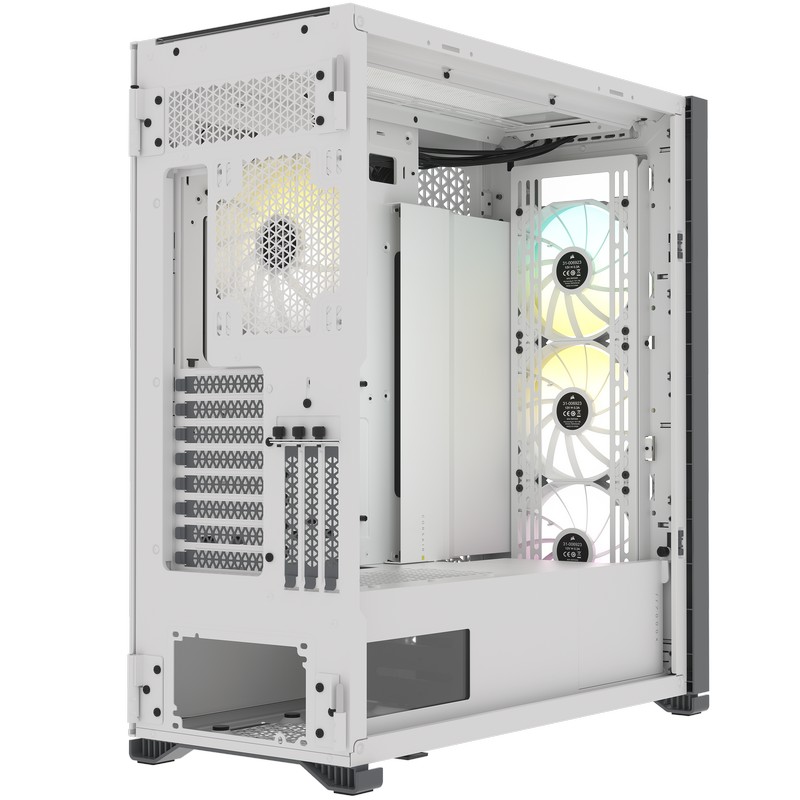Associate
Hi all, just a quick question.
Designing a case at the moment and just thinking through airflow/fan layouts.
One quick question is that I see most PC cases have intake fans at the front, ie like:

 www.overclockers.co.uk
www.overclockers.co.uk
And others have them at the side of the front (sorry, don't know the correct way to describe this!), but like this:

 www.overclockers.co.uk
www.overclockers.co.uk
Is there any pros or cons of these two designs?
Just wondering if airflow or anything else is affected more by one approach?
Designing a case at the moment and just thinking through airflow/fan layouts.
One quick question is that I see most PC cases have intake fans at the front, ie like:

Corsair iCUE 7000X RGB Tempered Glass Full Tower Smart Case - White (CC-9011227-WW)
Order Corsair iCUE 7000X RGB Tempered Glass Full Tower Smart Case - White (CC-9011227-WW) now online and benefit from fast delivery.
And others have them at the side of the front (sorry, don't know the correct way to describe this!), but like this:

Phanteks NV7 D-RGB with Front and Side Glass Panels Full Tower Case - Black
Order Phanteks NV7 D-RGB with Front and Side Glass Panels Full Tower Case - Black now online and benefit from fast delivery.
Is there any pros or cons of these two designs?
Just wondering if airflow or anything else is affected more by one approach?




